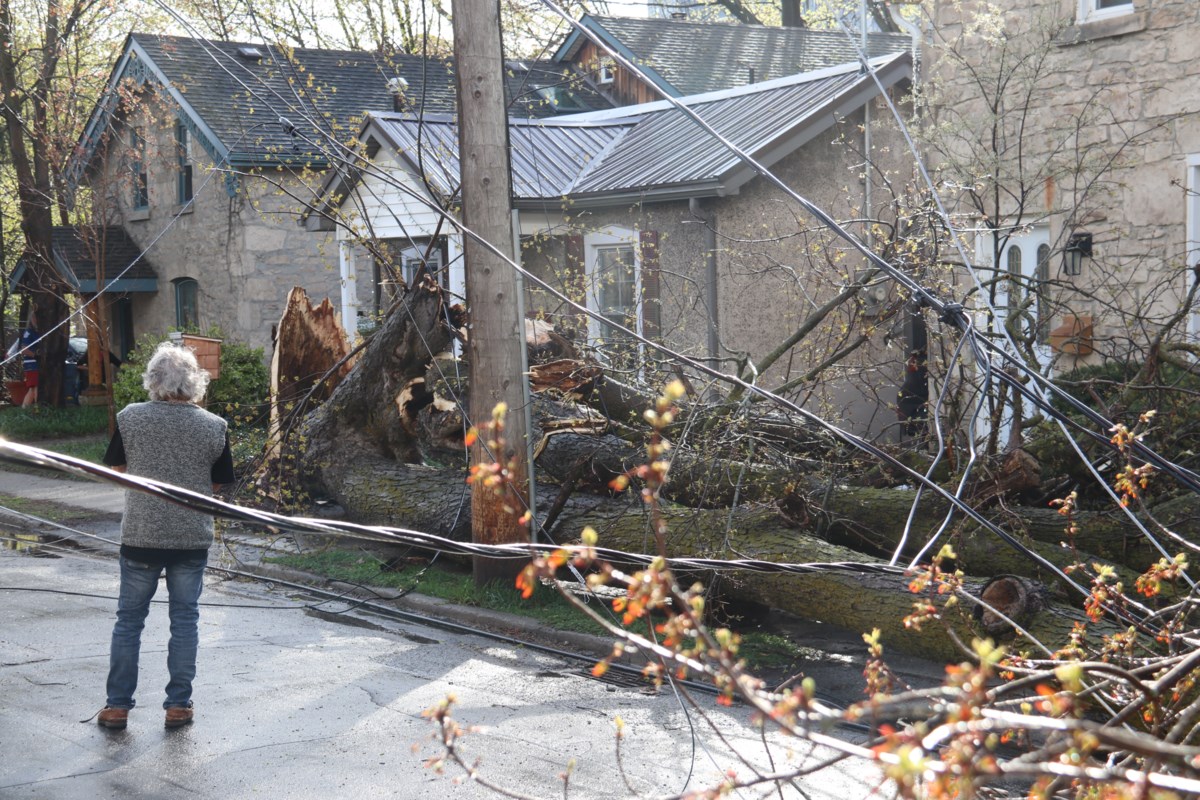Inside the VA’s War on Unions

When President Trump’s cabinet picks trooped up to Capitol Hill earlier this year for Senate confirmation hearings, hardly any boasted about their past union connections. But Secretary of Veterans Affairs Doug Collins did. He helped win broad bipartisan approval for his nomination from a Senate Veterans’ Affairs Committee (SVAC) that includes Bernie Sanders (I-VT) by mentioning that he belonged to the United Food and Commercial Workers while working for five years at a Georgia grocery store chain. Said Collins: “I believe that the employees at the VA, whether they’re union or not, are very valuable and I respect that … I get the issue.” At another point in the hearing, he pledged to “be the biggest cheerleader for every VA employee out there who is getting up every morning, doing it right [and] making sure we are taking care of our veterans.” And during questioning about President Trump’s intention to end remote work arrangements at the agency, Collins acknowledged that “a large portion of the VA workforce is unionized and they’re in contracts” so “we’re going to work together to get people back to work.” Four months later, there’s little evidence of Collins and VA unions working together on anything, including this month’s unilateral termination of all work-from-home positions. Instead, Collins has been an eager implementer of Trump’s attempted cancellation of collective-bargaining rights for most VA union members—on the grounds that they’re engaged in “national security work.” A Broader Exclusion Trump issued an executive order based on this far-fetched national-security claim in late March. It invoked a provision of the 1978 Civil Service Reform Act (CSRA), which has long allowed the federal government to exclude intelligence agency and some federal law enforcement personnel from union representation. Under Trump’s sweeping new interpretation of CSRA, two-thirds of the federal workforce, in 18 different agencies, would be ineligible for contract coverage because of national-security considerations. According to recent guidance provided by Trump’s Office of Personnel Management, this clears the way for Trump cabinet members to fire large numbers of employees, as part of their upcoming “reduction in force” plans, without regard for existing collective-bargaining agreements. More from Steve Early | Suzanne Gordon The National Treasury Employees Union (NTEU), which represents other federal workers, secured a preliminary injunction on April 25 against Trump’s executive order, as it applied to its own members in other agencies. That still leaves workers represented by unions other than NTEU in limbo. To further weaken labor adversaries, federal agencies also ended payroll deduction of union dues in April. VA unions affected by this change include the American Federation of Government Employees (AFGE), the National Federation of Federal Employees (NFFE), National Nurses United (NNU), the Service Employees International Union (SEIU), and its affiliate, the National Association of Government Employees (NAGE). On behalf of 400,000 of the VA’s 482,000 workers, all five unions have recently sued the Trump administration over multiple issues, including its mass firing of probationary workers throughout the federal government and attempted dismantling of entire agencies. (This pushback was, of course, perceived to be a declaration of “war on President Trump’s agenda,” as a White House “fact sheet” helpfully explained.) A Waiver for Some VA Unions? As more than 120 members of Congress (including senators who voted to confirm Collins) argued in an April 2 letter to the VA secretary, Trump’s directive is, thus, “primarily retaliatory in nature”—payback for “unions that have stepped up to defend employees’ rights in the face of DOGE attacks.” The letter signers urged Collins “to act quickly and decisively to defend the VA workforce from this [executive order] by requesting a waiver for all Department employees,” because the EO “cloaks itself in the false cover of ‘national security’” and is in “likely violation of the Federal Service Labor-Management Relations Statute (FSLMRS).” Under that law, to be exempt from collective bargaining, an agency must demonstrate that its “primary function” involves intelligence, counterintelligence, investigative, or national-security work. Collins responded with an April 17 notice-posting in the Federal Register, in which he “specifically concurs with the President’s determinations” about who is and is not doing “national security work.” In a move that won’t help the administration’s legal defense of its VA deunionization effort, Collins signaled that his HR department would continue to deal with local unions affiliated with the Laborers, Machinists, Teamsters, Electrical Workers, Fire Fighters, American Federation of Teachers, and American Federation of State, County and Municipal Employees. Each of these smaller, miscellaneous VA unions has in the past been denied the national consultation rights of the larger unions within the agency, because their bargaining units had fewer than 3,500 members. But as Everett Kelley, national president of AFGE, points out, many of their members do the same jobs as AFGE-represented “cemetery workers, housekeepers, cooks, mechanics, nurses, and other healthcare employees.” So how, Kelley asked, could these “patriotic public servants” be allowed to keep their contract protections, while others performing equivalent duties—and posing no greater “threat to national security”—were stripped of theirs? Adapting to New Conditions While that question gets litigated by AFGE and other VA unions, they must still adapt to workplace conditions even worse than those created by Robert Wilkie, the right-wing Republican who was Trump’s second VA secretary during his first term. All of them have long operated on the “open shop” basis mandated by federal law. But now workers who voluntarily join and financially support federal unions must switch their dues-paying to alternative methods, like AFGE and NNU’s “E-Dues” collection systems, because payroll deduction of dues has been discontinued. The AFL-CIO has tried to help fill any representational void by recruiting and training 1,000 lawyers in 42 states to serve as a Federal Workers Legal Defense Network. This group will provide legal advice and support for individual employees who face adverse action by their agencies, but still retain civil service rights and protections. Federal workers, newly awakened to the dangers facing them, are also joining the Labor Notes–assisted Federal Unionists Network. FUN is a cross-union network of rank-and-filers who organized a successful “day of action” in February, with what was then perfunctory support from their respective national unions. FUN co-founder Colin Smalley, an employee of the Army Corps of Engineers, is among those warning co-workers that federal-sector labor relations have reverted, for the time being, to what they were before 1962, when the Kennedy administration first recognized the right to unionize. Despite that challenging new/old terrain, “federal workers still have legal protections from retaliation and reprisal for collectively using their workplace rights.” Even in the absence of a union contract, they can “act like a union” by following the advice contained in a new guide prepared by Smalley and posted by the Emergency Workplace Organizing Committee. Among its recommended responses, FUN counsels to: “Speak out: Get creative with whistle-blowing. A well-scripted ‘march on the boss’ or a petition are great ways to take collective action that’s protected by the Whistleblower Protection Act, so long as they disclose any violation of law, regulation, rule, or policy, or an abuse of authority.” Angry, Scared, and Confused One of the biggest challenges facing local union leaders is just helping their co-workers survive the toxic work environment created by Trump. “We do our jobs every day because we believe in the mission,” says a statement released by NFFE-represented social workers in San Francisco, who requested anonymity. “Morale at the VA is at an all-time low … We are losing colleagues to illegal firings, while new hiring has been derailed. We feel tired, angry, scared and confused—but also defiant and focused on protecting our veterans and the system that serves them.” One immediate concern of these experienced staffers is the elimination of telework, due to all employees being ordered to return to their offices full-time by April 14. Like many other VA facilities, their own workplace “does not have the space to accommodate everyone, so hundreds of new work stations are being ordered, actually increasing government spending rather than slashing it like DOGE is claiming to do.” The resulting disruption of the many clinical services previously provided remotely is of little concern to Collins, these critics say, because his boss in the White House “hopes that many of us will quit, further gutting the VA and facilitating its privatization.” On April 16, members of the NNU, which represents 16,000 registered nurses at the VA nationwide, held a protest rally in San Diego against staffing cuts and union contract cancellation—one of several such events planned around the country. “No matter who you cut from the VA, veterans are going to be affected,” warned Safiah Dhada, a local union activist. “If you cut housekeeping, nurses will be bagging trash, taking time away from patient care. If you cut supply techs, nurses will need to chase down supplies, delaying care … Our veterans deserve timely care, not delays that negatively impact health outcomes.” One veteran of struggles against Trump during his first term is Irma Westmoreland, a national vice president of NNU and a nurse for 26 years who works at the VA medical center in Augusta, Georgia. She’s optimistic about the outcome this time around, because “we came out stronger last time.” Nothing that Collins does, she says, “will keep us from doing the things we need to do to represent VA nurses.” But “taken together, all of these actions are aimed at crippling and then privatizing the VA … And only the unions are standing in the way of privatization.”

















![If Subby is reading this correctly a private company found her car with her remains inside and then those remains were identified through DNA by a private lab while the police may or may not be investigating anything [Murica]](https://usrimg-850.fark.net/L/Lu/fark_LuAP5l3kJ7Dhg3OWOiIuEjKdZx0.png?AWSAccessKeyId=JO3ELGV4BGLFW7Y3EZXN&Expires=1746417600&Signature=yNgcruxrTopH47uQcHlQ9cewfhc%3D)
